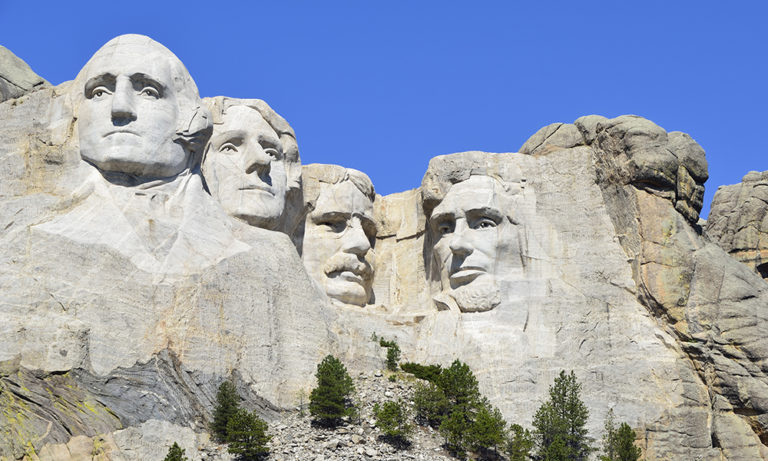
Six Presidents Who Changed the Game for Retirees
Retirement as we know it is a relatively modern concept. As a result, America’s presidents of the 20th and 21st centuries have had a massive effect on retirees. In honor of Presidents Day this past Monday, let’s remember six presidents who had the biggest impact on retirees.
Franklin D. Roosevelt
The Industrial Revolution sparked the first true need for retirement. Assembly lines and factories demanded constant energy from their workers. Pensions began in the 1800s for older workers to help keep productivity up. But during the Great Depression, older workers didn’t want to leave their jobs — and their paychecks — behind. In turn, FDR designed the Social Security Act, effectively birthing the Social Security program so that older Americans could retire financially. The act was signed in 1935 but didn’t begin payouts until 1940.
Lyndon B. Johnson
As part of the “War on Poverty,” Johnson signed the Social Security Act of 1965, which enacted Medicare and Medicaid under the Social Security Administration. In 2018, over 52 million people age 65 and older used Medicare for health insurance.
Ronald Reagan
While Reagan lowered income taxes, he was the first to make it possible to be taxed on your Social Security benefits in retirement, depending on how much you make. He also raised the full retirement age so that anyone born after 1960 would have to wait until age 67 to receive full benefits. The IRS under the Reagan administration also made it possible to have deductions taken out of employees’ salaries to contribute directly to their 401(k)s — something many workers rely on today.
Bill Clinton
Clinton created another level of Social Security taxation, allowing up to 85% taxable benefits depending on how much you make. At the same time, he got rid of the retirement earnings test and prevented the Social Security Administration from blocking retirees from benefits based on earnings.
Barack Obama
Along with Obamacare, Obama also enacted the first “permanent” tax on estates. He also cut taxes twice — two of the biggest reductions in America’s history.
Donald Trump
So far, the Trump administration has played a heavy hand in changing retirement. That started with the Tax Cuts and Jobs Act in 2017, another large tax cut for many. But the biggest change yet came with the Setting Every Community Up for Retirement Enhancement Act, or SECURE Act. It allowed more employers to offer annuities in 401(k) plans, increased the required minimum distribution age from age 70 1/2 to age 72, and eliminated stretch IRAs for inherited accounts.
Retirement may continue to change in the near future. Social Security is projecting a shortfall by 2035, and with the average 401(k) plan balance at just $106,000, more drastic changes may be necessary soon. No matter where you are in your retirement journey, the best thing you can do is sign up for one of our education courses taught by financial educators. The first step to being prepared is staying informed.
DT1090753-0221
Sources:
https://www.fool.com/retirement/2018/11/23/every-presidents-biggest-social-security-contribut.aspx
https://www.fool.com/retirement/2017/11/22/social-security-history-8-pivotal-dates-for-americ.aspx
https://www.cnbc.com/2017/01/04/a-brief-history-of-the-401k-which-changed-how-americans-retire.html
https://www.investopedia.com/articles/personal-finance/010616/whats-average-401k-balance-age.asp
Share This Article
Read The Next Article
February 26, 2020